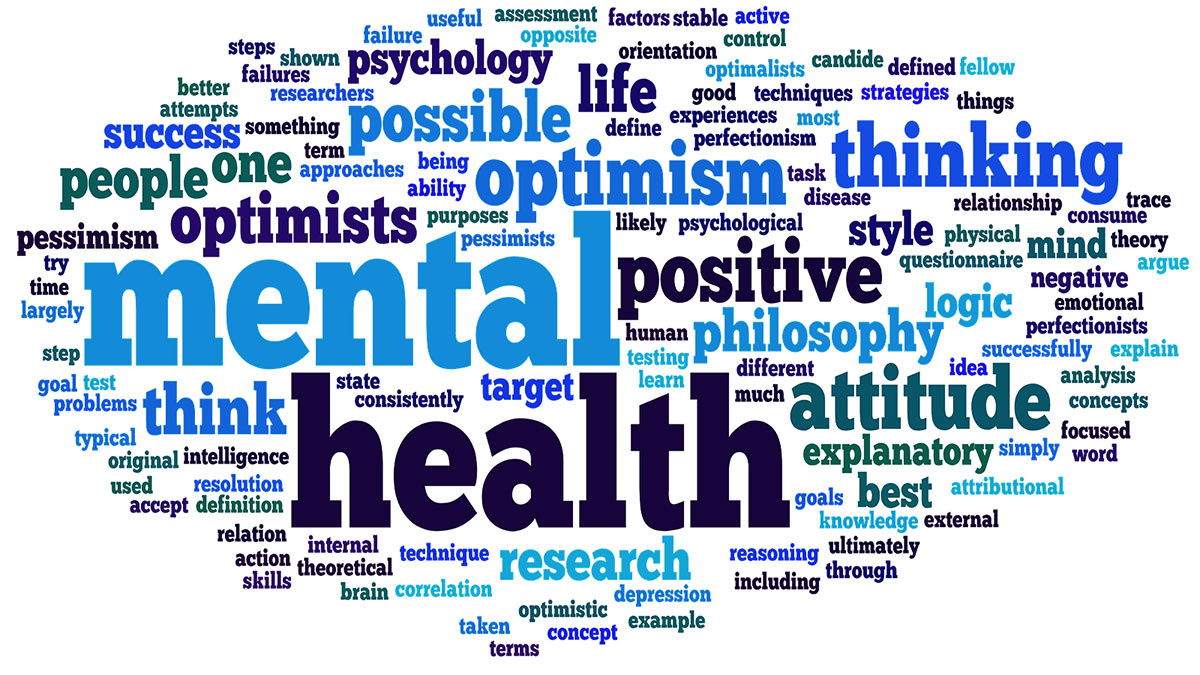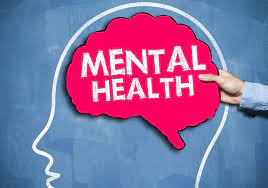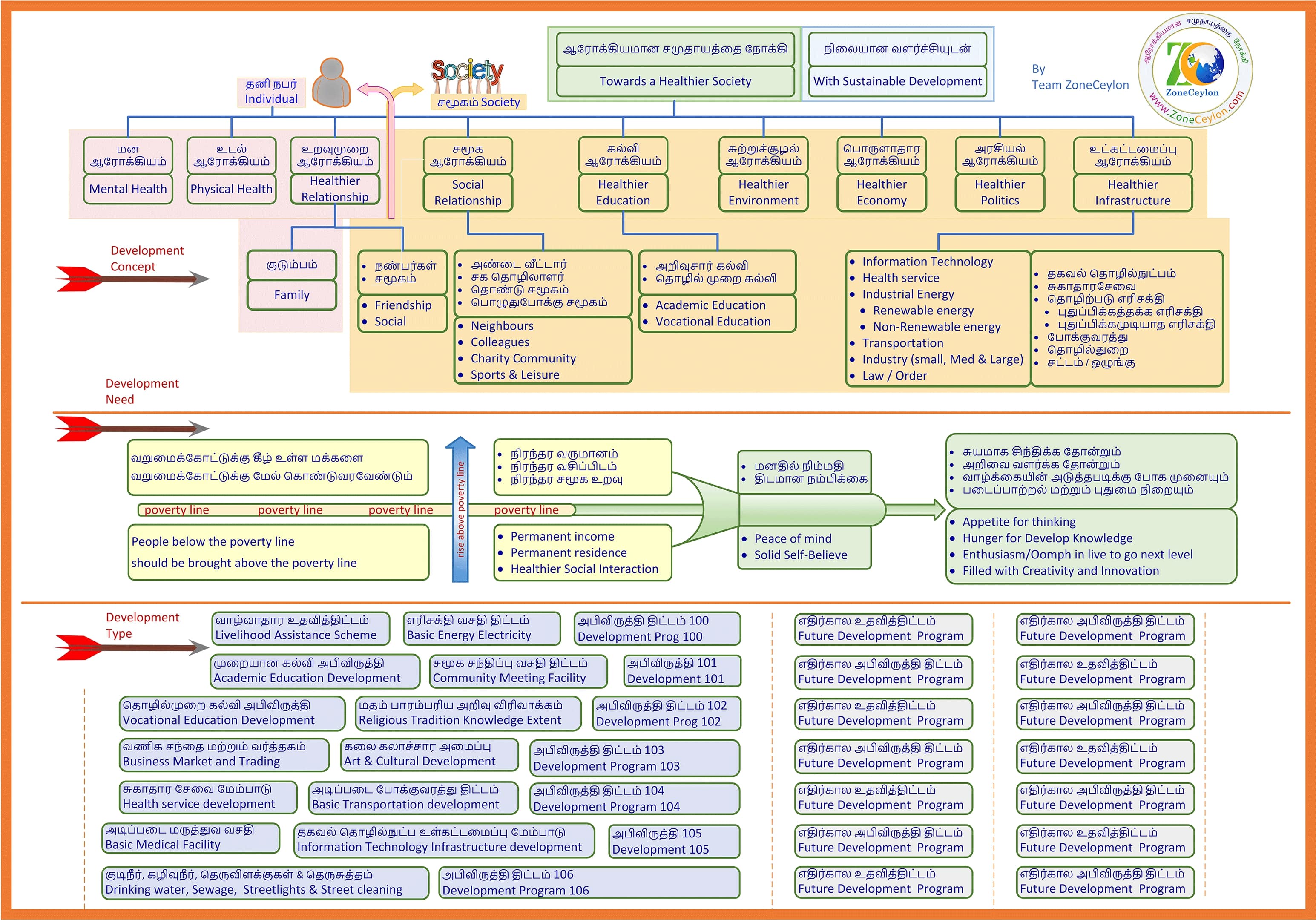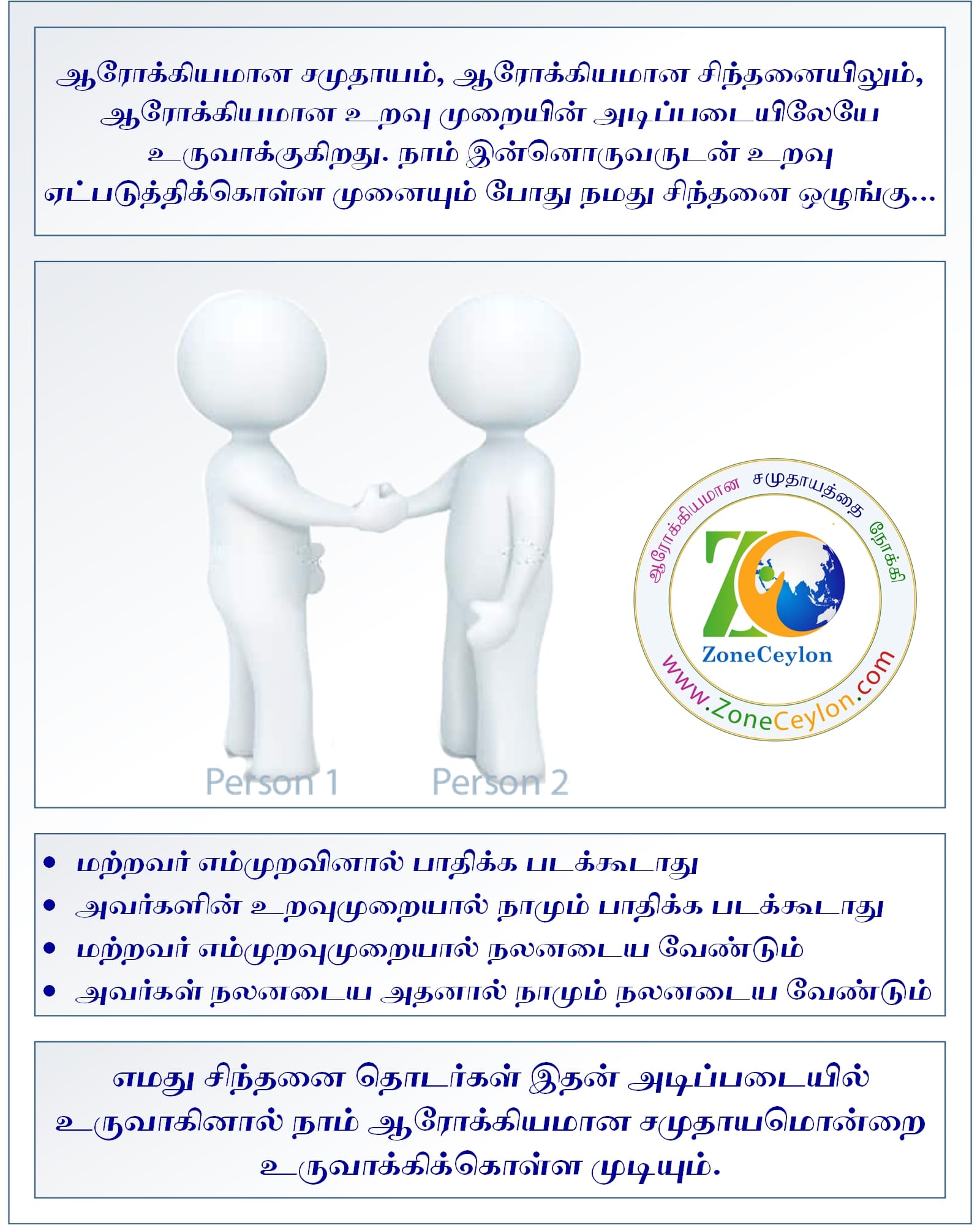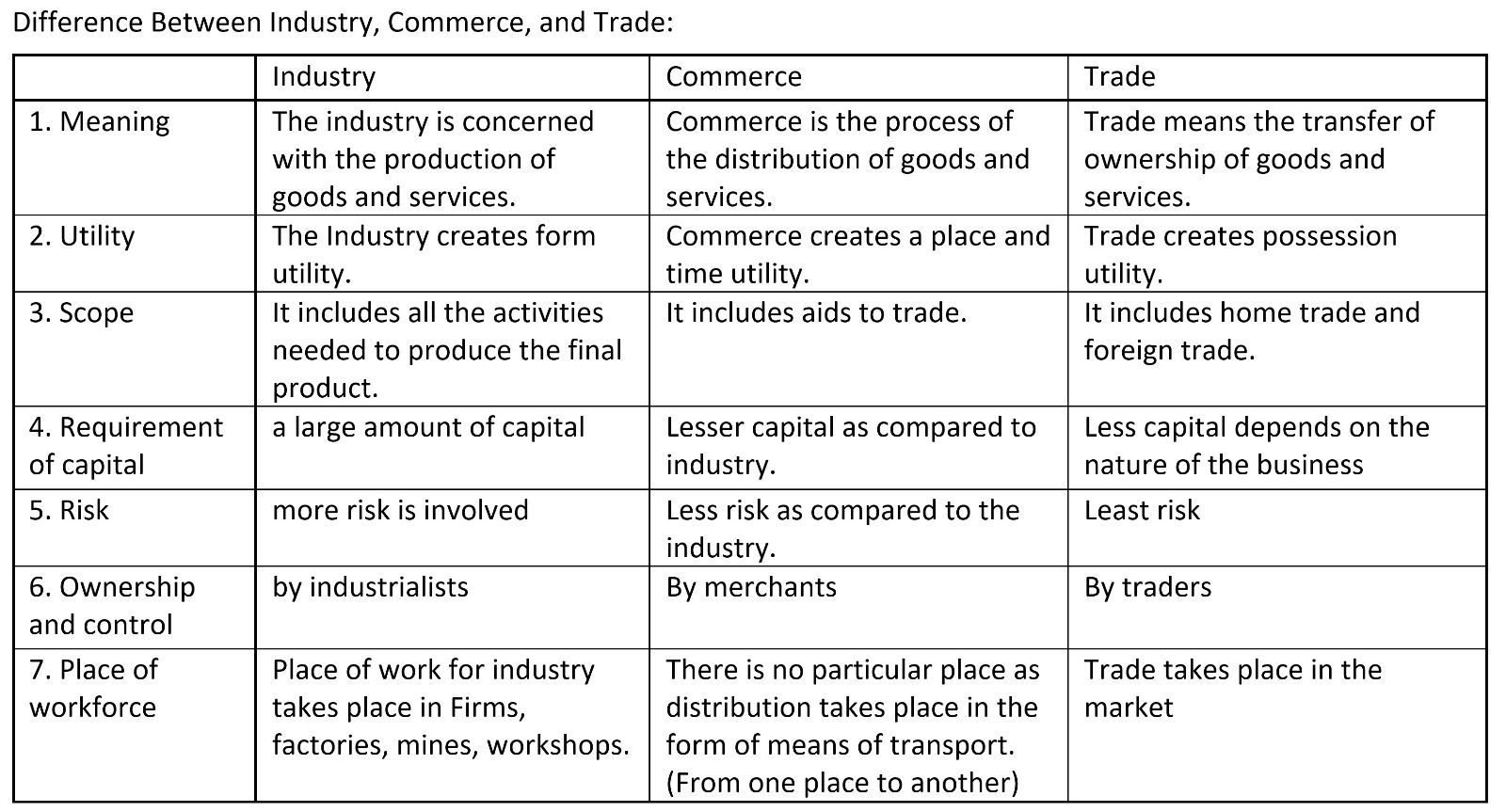Depression is a collection of symptoms with the ability to impact all parts of the way a person thinks, feels, and behaves. Because the term “depression” covers a range of disorders and symptoms, the way one person experiences depression can vary greatly from someone else.
Several factors contribute to the presentation of depression with biological, environmental, and chemical differences in the individuals. Available depression treatment options target certain neurotransmitters like serotonin and norepinephrine to improve symptoms.
Depression vs. Sadness
All people experience sadness, but not all people experience depressive disorders. If someone loses their job, ends a relationship, or loses a loved one, sadness is expected. Depression is different from sadness because of the difference in intensity, duration of symptoms, and effect on a person’s life.
Mental health professionals will work to correctly see the difference and decide if the person is experiencing a mental health condition or typical emotions due to life experiences.2
Depression vs. Grief
When a loved one dies or a person experiences another form of loss, sadness, anger, and despair are normal and expected reactions. As time goes on, though, it can become challenging to separate typical grief from depression.1
Not everyone who experiences a loss will become depressed, but many will. Because of this connection, it is essential for people to be aware of and communicate the levels, duration, and frequency of symptoms. Common grief does not require intervention from a mental health professional, but depression will necessitate professional involvement.
Types of Depression
Rather than only being one condition, depression is actually a constellation of depressive disorders. Though these conditions differ, they share commonalities like a mood that is sad, empty, or irritable paired with behavior and thinking changes that serve to reduce a person’s ability to function at their expected level.2
The main differences among depressive disorders are how long they last, the timing of the symptoms, and the events or situations that trigger the symptoms to emerge.
Types of depressive disorders include:1- Major Depressive Disorder (MDD): This is the condition most people think about when considering depression. MDD is marked by five or more symptoms of depression lasting for at least two weeks, which can range in intensity from mild to severe.
- Persistent Depressive Disorder (Dysthymia): Rather than a period of depression that recur and remit, persistent depressive disorder represents a more stable and consistent level of depression. Symptoms may not be as intense as other disorders, but the duration will be very uncomfortable (at least 2 years in adults and one year in children).
- Premenstrual Dysphoric Disorder: Changing symptoms that accompany menstruation are expected, but premenstrual dysphoric disorder occurs when the repeated hormonal changes create a drastic shift in thoughts, feelings, and behaviors. In many cases, these symptoms make it impossible for a person to maintain relationships and responsibilities.
- Disruptive Mood Dysregulation Disorder (DMDD): As a disorder that targets children and teens, DMDD presents as anger and irritability more than sadness and low motivation. Kids with this condition may frequently tantrum and engage in unwanted outbursts.
- Other common depressive disorders: People may also experience depressive symptoms triggered by prior drug or medication use, while others will note other symptoms of depression that do not meet the criteria for a full depressive diagnosis.
Symptoms of Depression
All depressive disorders have separate criteria to indicate their presence. A condition like persistent depressive disorder will focus on the length of symptoms, DMDD targets increased irritability, and premenstrual dysphoric disorder notes mood’s interaction with hormone changes—experts gather this information to determine which diagnosis is accurate.
The classic symptoms of depression belong to major depressive disorder or a major depressive episode, and include:2- A depressed mood with feelings of sadness, hopelessness, emptiness, or irritability
- Decreased pleasure and interest in previously enjoyed activities
- A noteworthy weight change or a significant change in appetite
- Sleeping too much or too little throughout the day
- Feeling or looking very sped up or slowed down in behaviors
- Loss of energy
- Feeling worthless or very guilty
- Thinking about death, dying, or suicide
Not only does a person need to display these symptoms, but they need to do so for most days during a two-week period. Additionally, these depressive qualities need to drastically impact the person’s daily functioning at home, work,.
Depression vs. Sadness
All people experience sadness, but not all people experience depressive disorders. If someone loses their job, ends a relationship, or loses a loved one, sadness is expected. Depression is different from sadness because of the difference in intensity, duration of symptoms, and effect on a person’s life.
Mental health professionals will work to correctly see the difference and decide if the person is experiencing a mental health condition or typical emotions due to life experiences.2
Depression vs. Grief
When a loved one dies or a person experiences another form of loss, sadness, anger, and despair are normal and expected reactions. As time goes on, though, it can become challenging to separate typical grief from depression.1
Not everyone who experiences a loss will become depressed, but many will. Because of this connection, it is essential for people to be aware of and communicate the levels, duration, and frequency of symptoms. Common grief does not require intervention from a mental health professional, but depression will necessitate professional involvement.
Types of Depression
Rather than only being one condition, depression is actually a constellation of depressive disorders. Though these conditions differ, they share commonalities like a mood that is sad, empty, or irritable paired with behavior and thinking changes that serve to reduce a person’s ability to function at their expected level.2
The main differences among depressive disorders are how long they last, the timing of the symptoms, and the events or situations that trigger the symptoms to emerge.
Types of depressive disorders include:1
- Major Depressive Disorder (MDD): This is the condition most people think about when considering depression. MDD is marked by five or more symptoms of depression lasting for at least two weeks, which can range in intensity from mild to severe.
- Persistent Depressive Disorder (Dysthymia): Rather than a period of depression that recur and remit, persistent depressive disorder represents a more stable and consistent level of depression. Symptoms may not be as intense as other disorders, but the duration will be very uncomfortable (at least 2 years in adults and one year in children).
- Premenstrual Dysphoric Disorder: Changing symptoms that accompany menstruation are expected, but premenstrual dysphoric disorder occurs when the repeated hormonal changes create a drastic shift in thoughts, feelings, and behaviors. In many cases, these symptoms make it impossible for a person to maintain relationships and responsibilities.
- Disruptive Mood Dysregulation Disorder (DMDD): As a disorder that targets children and teens, DMDD presents as anger and irritability more than sadness and low motivation. Kids with this condition may frequently tantrum and engage in unwanted outbursts.
- Other common depressive disorders: People may also experience depressive symptoms triggered by prior drug or medication use, while others will note other symptoms of depression that do not meet the criteria for a full depressive diagnosis.
All depressive disorders have separate criteria to indicate their presence. A condition like persistent depressive disorder will focus on the length of symptoms, DMDD targets increased irritability, and premenstrual dysphoric disorder notes mood’s interaction with hormone changes—experts gather this information to determine which diagnosis is accurate.
The classic symptoms of depression belong to major depressive disorder or a major depressive episode, and include:2
- A depressed mood with feelings of sadness, hopelessness, emptiness, or irritability
- Decreased pleasure and interest in previously enjoyed activities
- A noteworthy weight change or a significant change in appetite
- Sleeping too much or too little throughout the day
- Feeling or looking very sped up or slowed down in behaviors
- Loss of energy
- Feeling worthless or very guilty
- Thinking about death, dying, or suicide
